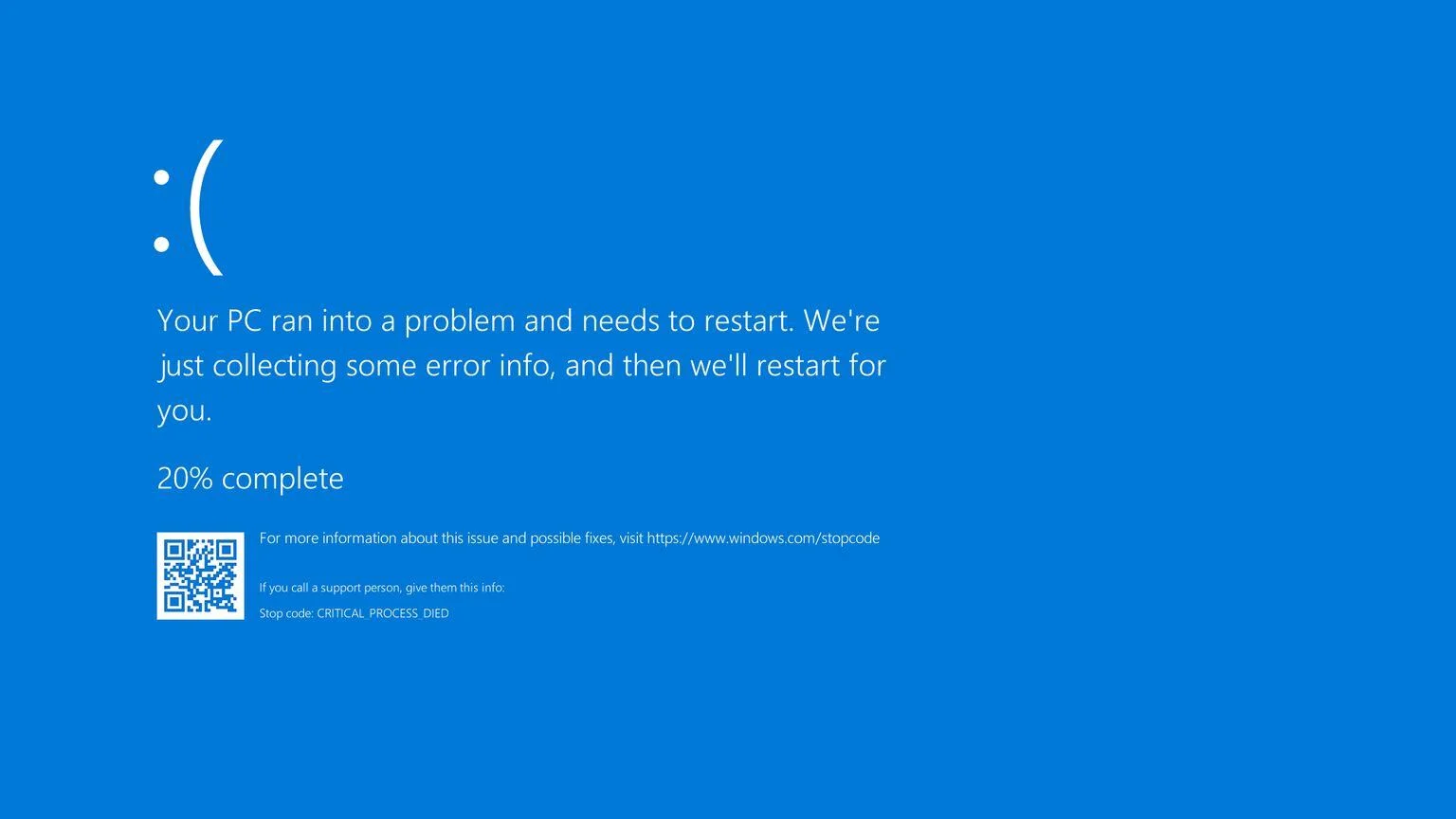PENTEST
ETHICAL HACKING AND RED TEAMING
Discover how hackers can target you and learn how to improve your defenses.
Pentesting is a pillar in every organization’s cybersecurity maturity strategy. By challenging your environment with the same techniques as real adversaries, you will be able to assess the effectiveness of your defenses and tools.
White, Grey
& Black Box
& Black Box
Certified
Pentesters
Pentesters
Tailor-made Attacks
Scenarios
Scenarios
Remediation
support
support
White, Grey
& Black Box
& Black Box
Certified
Pentesters
Pentesters
Tailor-made Attacks
Scenarios
Scenarios
Remediation
support
support

Strategic security pillar
Pentesting is a pillar in every organization’s cybersecurity maturity strategy.
By challenging your environment with the same techniques as real adversaries, you will be able to assess the effectiveness of defense and tooling. ZENDATA will adapt and customize the attack scenarios based on your environment, technology, operation, and threats in order to be as realistic and
cost-effective as possible. The final report will not only present the discoveries, but also indicate the impact and the remediation in order to correct the issue. This will allow you to support the growth of your organization and validate the security of changes.
WHY A PENTEST?

Testing the system frequently is the best way to avoid and REDUCE the damage that can be caused
Regulatory
compliance as FINMA,
PCI-DSS and ISO 27001.
Enhance security
response time.
Verify the
effectiveness of
current controls.
Validate security architecture and
identify vulnerabilities.
Provide assurance to stakeholder.
ZENDATA
DIFFERENTIATORS
• 10+ years of experience in Pentesting
• Specialized design of structured paths
• Extensive knowledge in multiple tenants’ environment
• Tailormade recovery plan or test lab strategy
• Report with full remediation plan and actionable with priorities
• Specialized design of structured paths
• Extensive knowledge in multiple tenants’ environment
• Tailormade recovery plan or test lab strategy
• Report with full remediation plan and actionable with priorities
WHY A
PENTEST?
• Regulatory compliance as FINMA, PCI-DSS and ISO 27001
• Enhance security response time
• Challenge the defense teams
• Verify the effectiveness of current controls
• Validate security architecture and identify vulnerabilities
• Provide assurance to stakeholder
• Enhance security response time
• Challenge the defense teams
• Verify the effectiveness of current controls
• Validate security architecture and identify vulnerabilities
• Provide assurance to stakeholder



